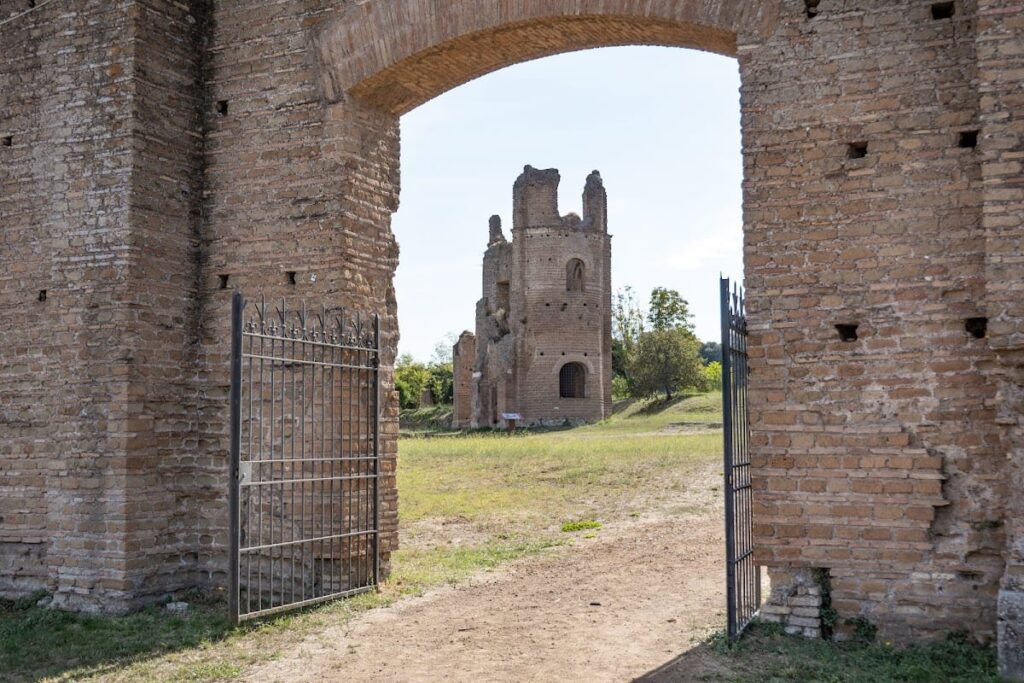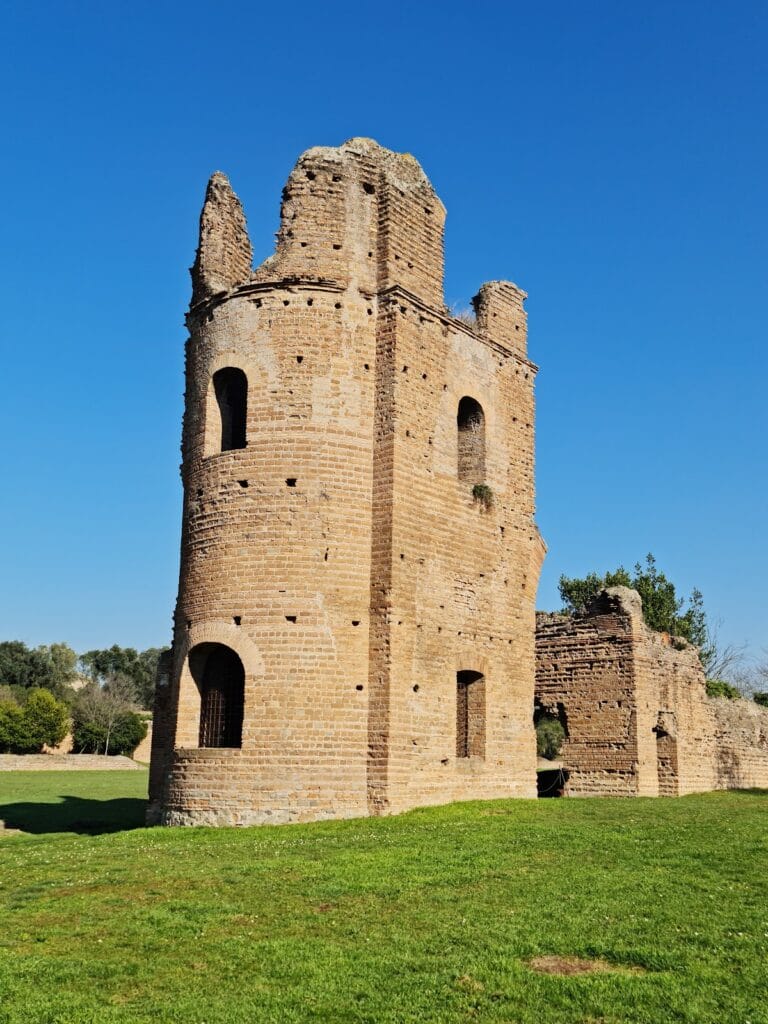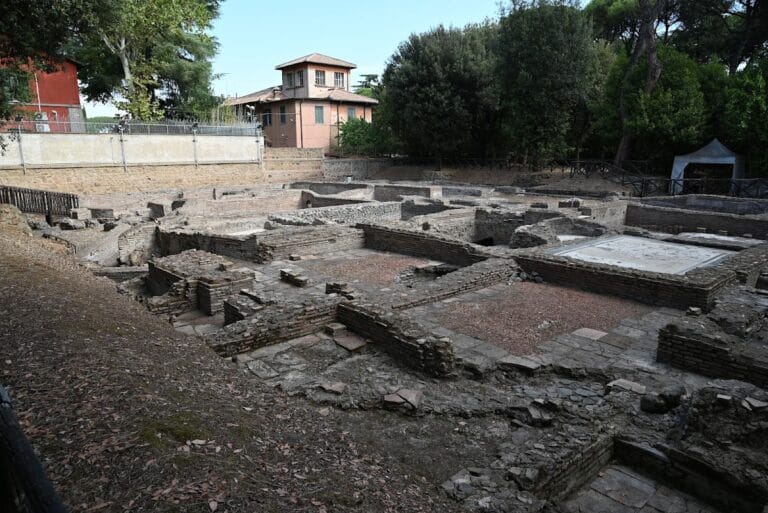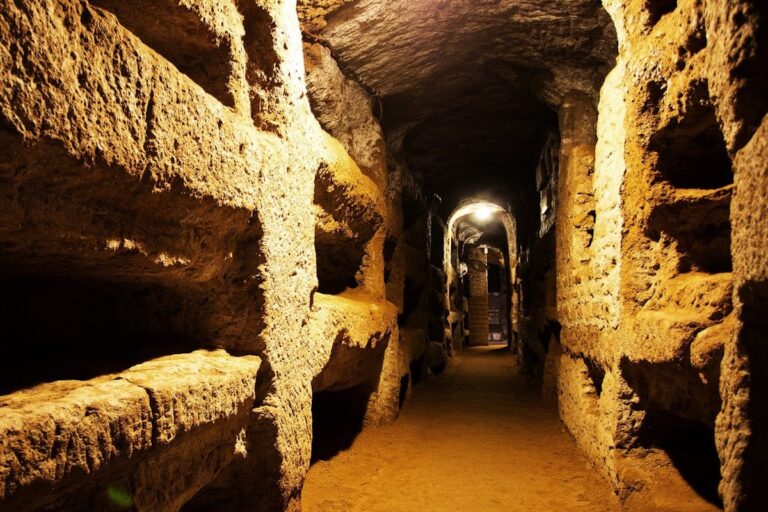Circus of Maxentius: An Ancient Roman Entertainment Complex in Rome
Visitor Information
Google Rating: 4.6
Popularity: Low
Google Maps: View on Google Maps
Official Website: www.villadimassenzio.it
Country: Italy
Civilization: Roman
Remains: Entertainment
History
The Circus of Maxentius is located in Rome, along the ancient Via Appia. It was built by the Roman Empire during the early 4th century AD, specifically between 306 and 312 AD, under the rule of Emperor Maxentius. The circus formed part of a larger imperial complex that included Maxentius’ villa and mausoleum, serving both as a residence and a venue for public entertainment.
The complex’s primary use is linked to the short life of Maxentius’ son, Valerius Romulus, who died in 309 AD. The only recorded events held at the circus were inaugural and funerary games dedicated to Romulus. His burial likely took place in the nearby cylindrical Tomb of Romulus, which was integrated into the complex’s design. These games and the funerary character of the site suggest a symbolic connection to Romulus’ apotheosis, or elevation to divine status, and a spatial relationship to the heart of Rome.
Following Maxentius’ defeat and death in 312 AD at the Battle of the Milvian Bridge, the entire complex was abandoned. Archaeological evidence shows that the site was covered by sand in antiquity, indicating it fell into disuse soon after. The property was confiscated by Constantine the Great, Maxentius’ rival and victor, who took control of the area. The circus and its associated buildings were not reused for significant purposes after this transfer of power.
The design of the complex reflects a late antique elite residential style, combining large audience halls, family tombs, and circus-shaped structures. It shares architectural and functional similarities with other imperial complexes of the time, such as the Villa Gordiani in Rome, the villa at Piazza Armerina in Sicily, and the imperial residences of Galerius in Thessaloniki and Diocletian in Split.
Remains
The Circus of Maxentius is the best-preserved circus in Rome. It measures 503 meters in track length, with substantial remains still visible today. The structure was built primarily of concrete faced with opus vittatum, a technique using alternating stone blocks and bricks. The walls retain numerous beam holes that once supported scaffolding and stand several meters high in some areas.
At the western entrance, two large towers survive. These towers housed the mechanism for raising the starting gates, known as carceres, which were arranged in an arc between the towers. The central barrier running along the middle of the track, called the spina, is exactly 1,000 Roman feet (296 meters) long. It was likely covered in marble and decorated with cones, turning posts (metae), and obelisks. Among these was the Domitian obelisk, relocated by Maxentius from the Temple of Isis as a tribute to his son.
This obelisk, inscribed with hieroglyphs and broken into five pieces, was studied during the Renaissance. Later, Pope Innocent X moved it to Piazza Navona after Pope Urban VIII prevented its export. The track’s outer walls widen at the starting point to allow charioteers to spread out and also widen at the turning point to accommodate the chariots’ turning radius.
A small triumphal arch remains at the eastern end of the track, constructed with opus vittatum masonry. The judges’ stand was located on the south side, about two-thirds along the track, positioned to provide a clear view of the finish line. The imperial box, or pulvinar, whose remains are identifiable, was situated to offer optimal views of the most dramatic parts of the races. It was connected by a covered portico to Maxentius’ villa, the ruins of which lie nearby. The villa’s basilica audience hall apse is still visible, though much of the villa is overgrown.
Opposite the imperial box, a small arch in the southern track wall provides a view of the Tomb of Caecilia Metella, a prominent mausoleum dominating the hill east of the complex. The circus was deliberately oriented to include this tomb within Maxentius’ architectural scheme. Archaeological excavations in the 19th century by Antonio Nibby uncovered the track and an inscription dedicated to the “divine Romulus,” confirming the circus’ association with Maxentius rather than the earlier emperor Caracalla.










